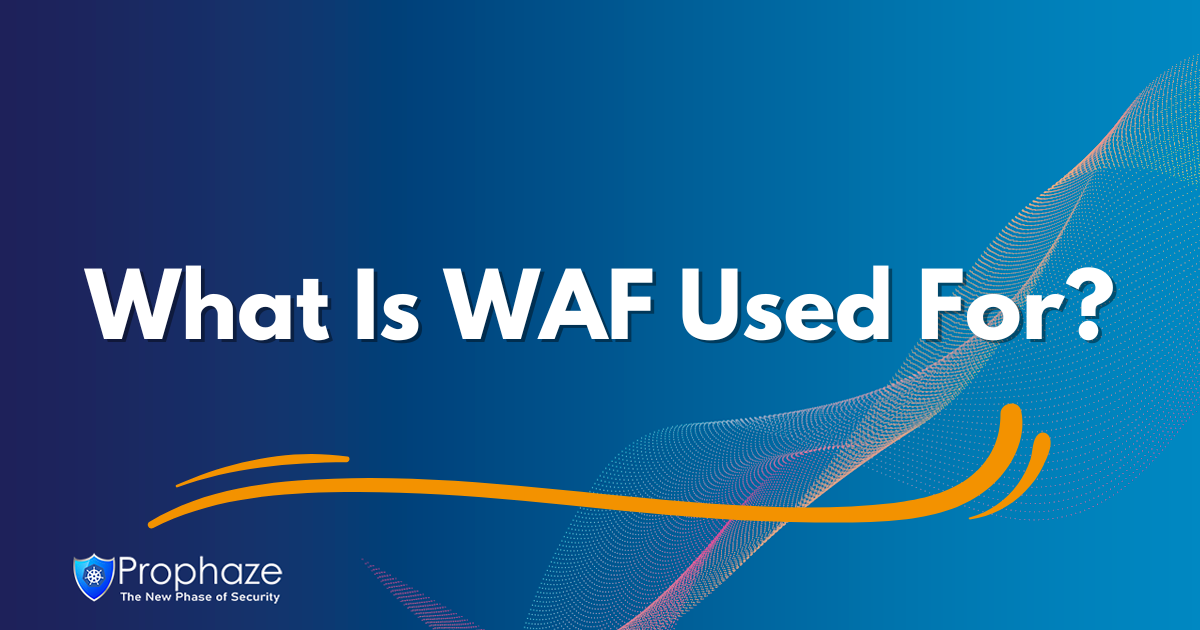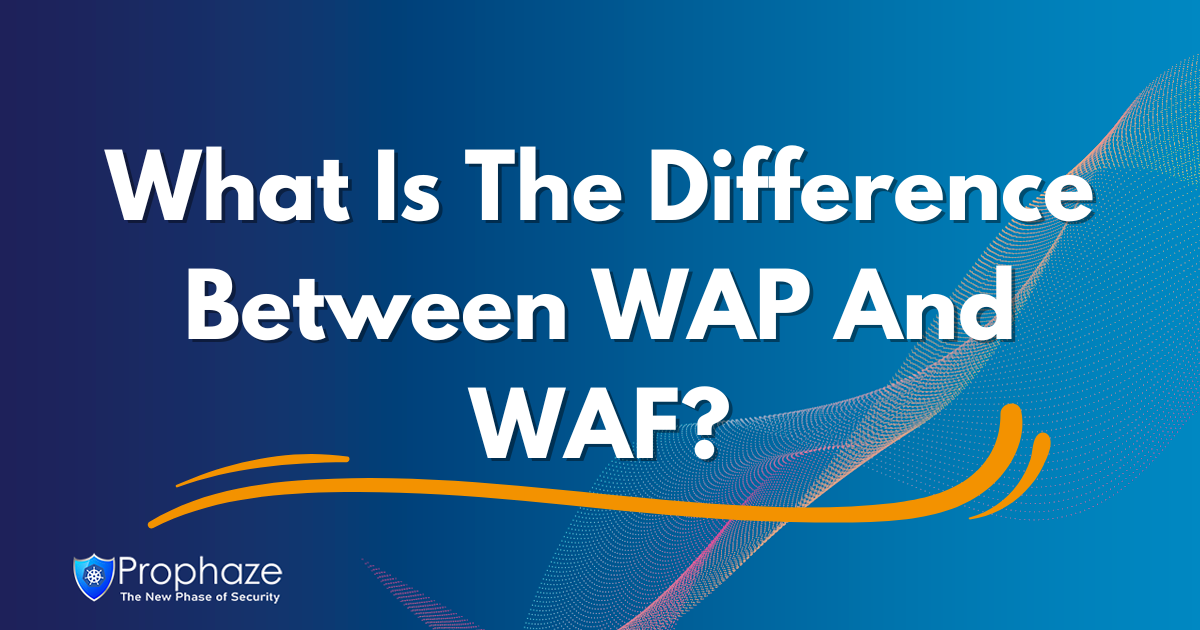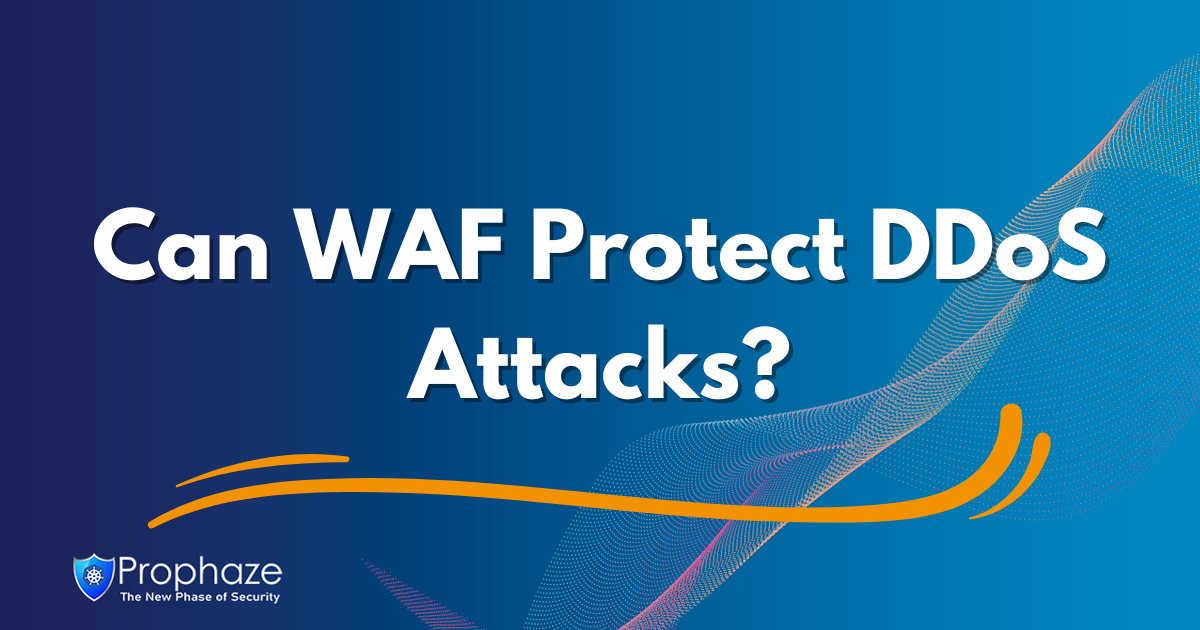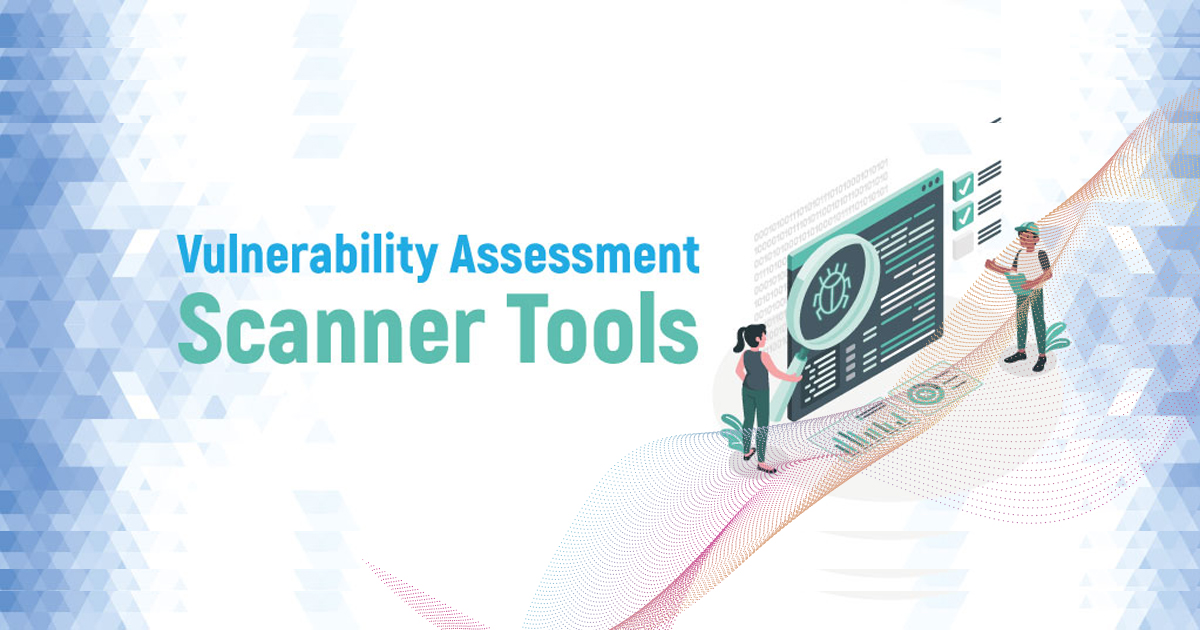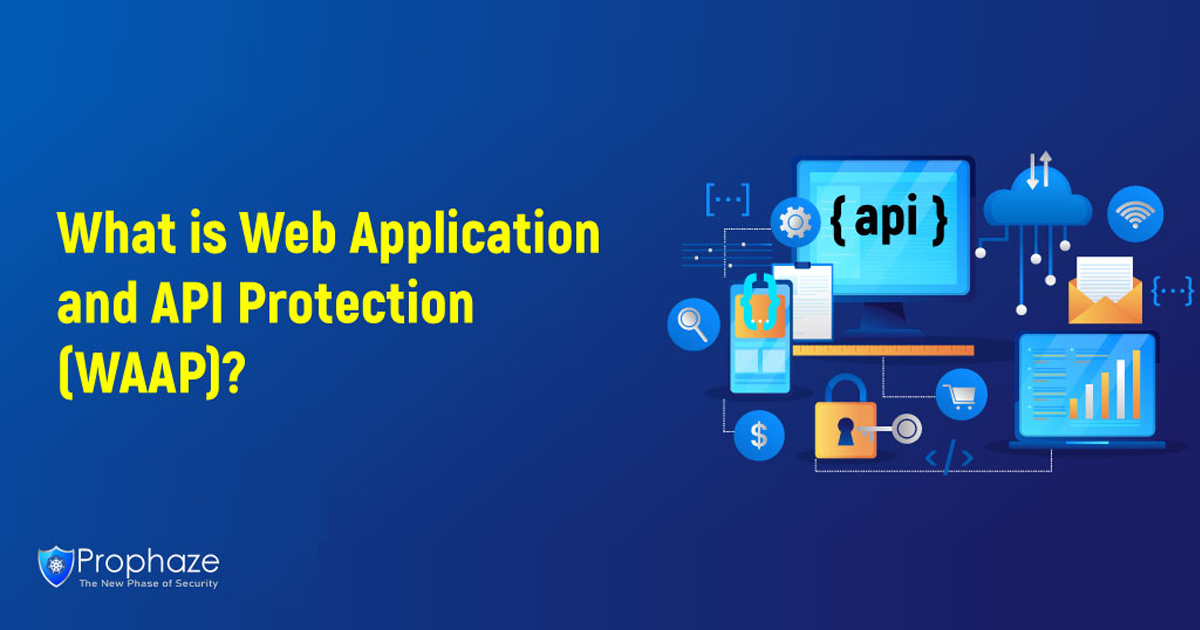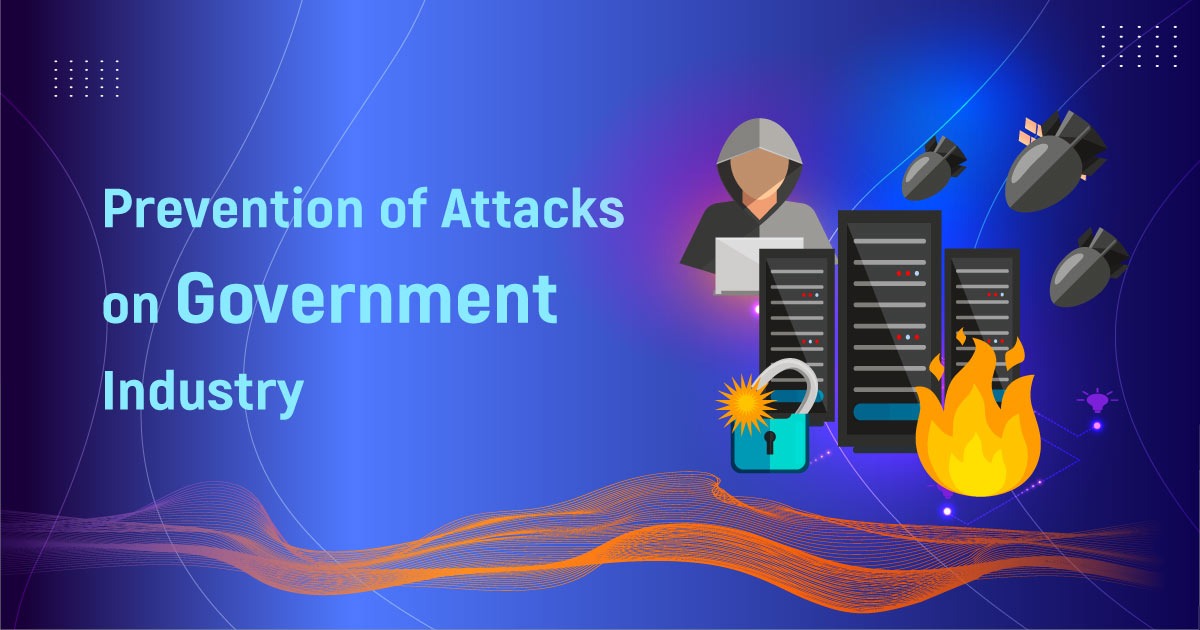What are 3 types of WAF?
The three main types of Web application firewalls (WAFs) to protect web applications against various threats, including SQL injection attacks and intersite scripting (XSS). Assess which type of WAF is most appropriate for your organization’s specific needs to ensure maximum protection.
Understanding Web Application Firewalls (WAFs)
A web application firewall (WAF) is a security tool that helps shield web-based applications from a variety of risks, such as cross-site scripting (XSS), SQL injection attacks, and other malicious activities. The three primary categories are network-based, host-based, and cloud-based WAFs. Each type of WAF has its benefits and drawbacks and may be more appropriate in particular circumstances.
Exploring the Three Types of WAF
Network-based WAFs
Network-based WAFs are deployed at the network’s edge, where they can monitor incoming and outgoing traffic. To recognize and prevent attacks, they employ a set of predetermined rules. The capacity of networked WAFs to monitor traffic from all sources and defend all web applications over the network. However, they might result in latency problems and make it difficult to configure and manage the network.
Host-based WAFs
Host-based WAFs are set up directly on the web server or application server. They can defend against attacks that avoid network-based WAFs and offer more granular control over web application traffic. Additionally, host-based WAFs can perform better than network-based WAFs and be simpler to manage. but might require more resources to deploy and can’t be as effective against massive attacks as network-based WAFs.
Cloud-based WAFs
Web applications from any location can be protected by cloud-based WAFs which are hosted in the cloud. They can grow to suit the demands of any size organization and are simple to implement and administer. Web applications may be safeguarded against the most recent threats with the support of cloud-based WAFs, which may additionally offer real-time threat intelligence and automated upgrades. Cloud-based WAFs might not be as successful against attacks targeting vulnerabilities in specific web-based applications.
Conclusion
Each form of WAF has benefits and drawbacks of its own, and the most appropriate option depends on the particular requirements of your organization. It’s crucial to thoroughly compare the various WAFs and select the one that offers your web applications the most security. You can be sure that your web applications are secured against the most complex cyberattacks with Prophaze’s expertise and cutting-edge WAF solutions. The Prophaze WAF solution can be customized to meet your company’s requirements, by offering your web applications the best possible security.

